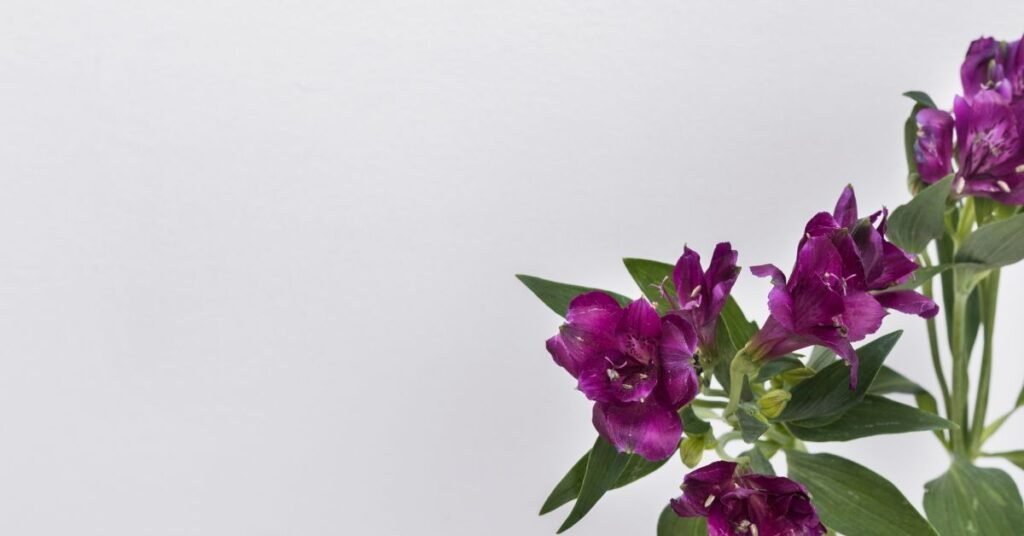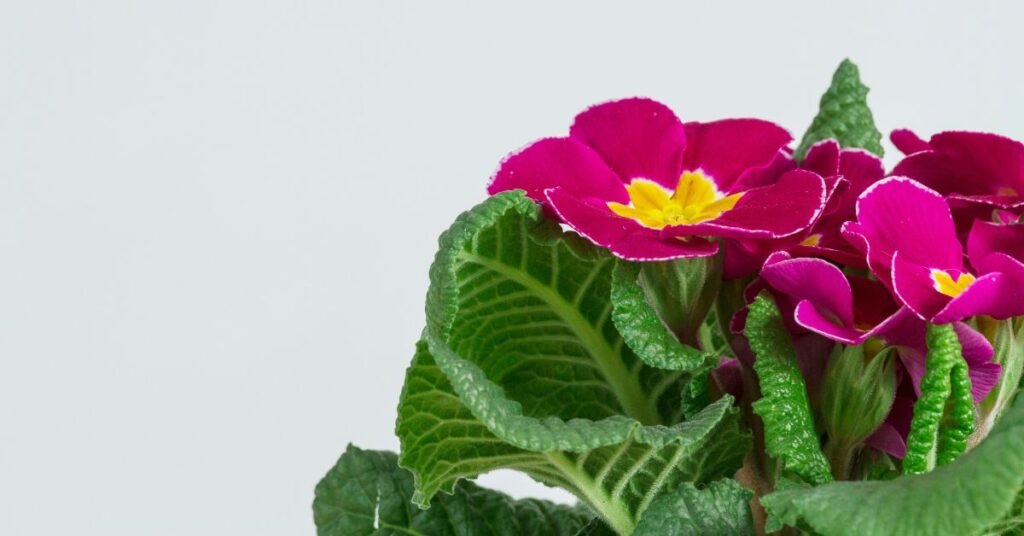Introduction
The Purple Heart Plant (Tradescantia pallida) is one of the most eye-catching houseplants known for its striking purple leaves and easy-care nature. Native to Mexico, this plant has become a global favorite for both indoor and outdoor settings. Whether you’re a beginner gardener or an experienced plant lover, the Purple Heart adds a splash of vibrant color to any collection.
Appearance and Characteristics
The Purple Heart Plant is best recognized for its deep purple, lance-shaped leaves that can grow up to 7 inches long. The stems are thick and fleshy, making them resistant to drought. When grown in bright light, the purple hue deepens, giving the plant a rich, royal appearance.
In addition to its colorful foliage, the plant also produces small, delicate pink flowers that bloom at the tips of the stems. Though the blooms are tiny, they add a lovely contrast against the bold purple leaves.

Ideal Growing Conditions
1. Light
The Purple Heart Plant thrives in bright, indirect sunlight. However, it can also tolerate full sun outdoors, which enhances its purple color. Indoors, placing it near a sunny window helps it maintain vibrant tones. If kept in low light, the plant may become greener and leggy.
2. Temperature
This plant loves warm weather and prefers temperatures between 18°C to 27°C (65°F to 80°F). It is not frost-tolerant, so during winter, keep it indoors or protect it from cold drafts.
3. Soil
The ideal soil for the Purple Heart Plant is well-draining and slightly sandy. A standard potting mix with added perlite or coarse sand works perfectly. Proper drainage prevents root rot, which is the most common issue with overwatering.
4. Watering
While the Purple Heart is drought-resistant, it grows best with moderate watering. Allow the top inch of soil to dry out before watering again. Overwatering can lead to root rot, so always make sure the pot has drainage holes.
5. Humidity
Average household humidity levels are fine, but the plant appreciates occasional misting, especially during dry months.
Propagation
One of the easiest parts of growing the Purple Heart Plant is propagation. You can easily create new plants using stem cuttings.
Simply cut a 4–6 inch section of a healthy stem, remove the lower leaves, and place it in water or moist soil. Within a week or two, roots will begin to grow. Once rooted, transplant the new plant into a pot and enjoy watching it flourish.

Care Tips for a Healthy Plant
- Prune regularly: Trim long or leggy stems to encourage bushier growth.
- Fertilize monthly: During the growing season (spring and summer), use a balanced liquid fertilizer once a month.
- Avoid overwatering: Too much moisture leads to soft, mushy stems.
- Rotate the pot: Turning the pot every few weeks ensures even growth and exposure to light.
With just a bit of attention, your Purple Heart Plant will stay full and colorful all year long.
Common Problems and Solutions
- Yellow Leaves: Usually caused by overwatering. Let the soil dry out and ensure good drainage.
- Faded Color: Indicates insufficient light. Move the plant to a brighter spot.
- Leggy Growth: Trim and propagate cuttings to create a fuller look.
Regular monitoring and quick adjustments will keep your plant looking lush and healthy.
Uses and Benefits
Beyond its beauty, the Purple Heart Plant has practical benefits. It’s known for its air-purifying qualities, helping to remove toxins from the air and create a fresher environment. It’s also a popular choice for ground cover, hanging baskets, or decorative pots due to its cascading growth pattern.
Conclusion
The Purple Heart Plant is a true gem for any plant enthusiast. With its rich purple foliage, easy care, and fast growth, it adds a bold splash of color to homes, gardens, or offices. Whether displayed in a hanging pot, on a windowsill, or in a garden bed, this resilient plant promises long-lasting beauty with minimal effort.

